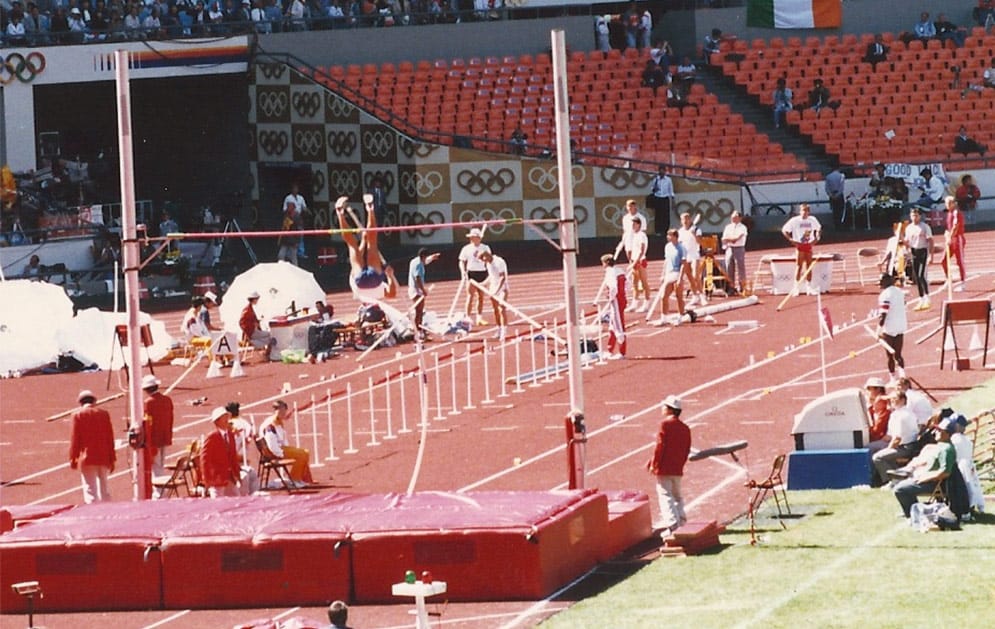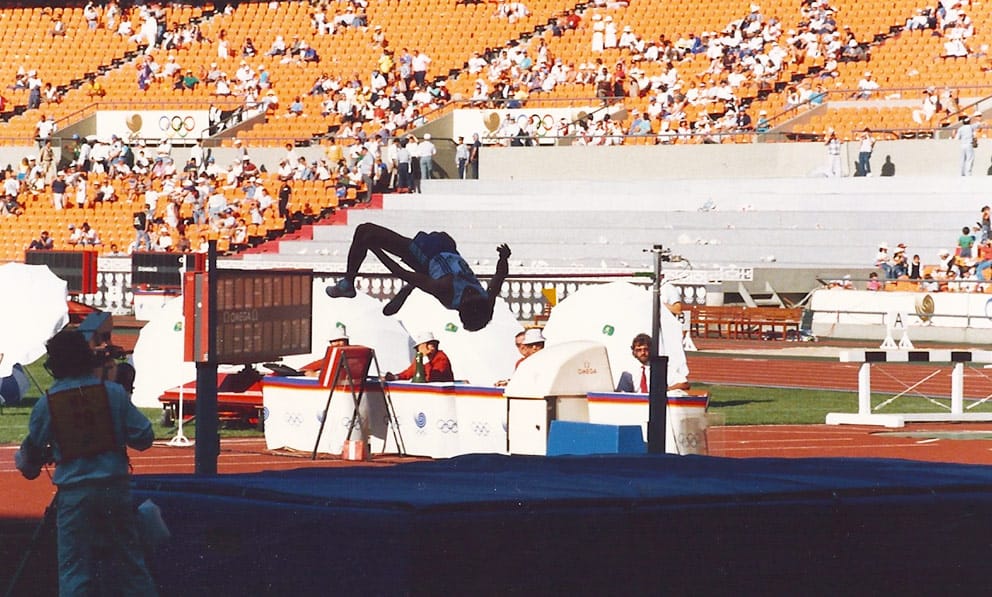As part of a recent global staff meeting, President Santiago “Jimmy” Mellado shared his perspective on the power of setting goals and achieving them.
I want to talk to you about goals.
I think goals are powerful. You certainly need them to be successful in athletics or in academics. Goals are powerful because they can create the right conversation, spur the right imagination and give you direction to the right amount of scaling for what you’re trying to achieve.
In the 1960s, NASA set a goal to put a man on the moon by the end of the decade. President Kennedy picked up on it and told the whole world that the USA would put a man on the moon. There was an enormous list of patents, innovations and new creations that came out of the effort. For years, difficult conversations were had.
Was it possible? Was it safe? The goal was a catalytic mechanism that spurred all sorts of imaginative “What if?” kind of thinking. The goal created conversations, questions and imaginative answers that, even today, are still used in the technology we use.
Long ago, I was an engineer. In engineering, after you do all your detailed calculations, you have this thing called a “Factor of Safety.” Whatever you’ve detailed in your plan, you factor in two or three times that amount. If you build a bridge that you want to hold ten tons, you build it to hold twenty or thirty just to be safe. You want to be sure what you’re designing can handle whatever may come its way. Goals can give you the proper scale you need.
Properly handled, goals create good imagination, good conversation and good scaling. They can lead to a lot of learning and be catalysts to breakthroughs.
A word of caution: the flip side is that goals can produce fear. And fear can paralyze an organization or an individual. If the goal is so far out there, it will paralyze you. Fear is an awful thing. I think of the verse “There is no fear in love. But perfect love drives out fear.” (I John 4:18, NIV) We shouldn’t live in fear. At all. It’s okay to have goals but you must use them rightly, not in a way that produces fear.
In athletics, goals are big. I started high jumping in Nicaragua when I was eight or nine years old. The high jump was always my favorite event. I don’t know why because I was short and short people don’t go into high jump. But I did. We started out jumping over tree limbs. There were no mats or anything on which to land. You jump over and … dirt.
By the time I was 12 years old, I was able to jump over my head. Then I just became obsessed with it. “How much more over my head can I jump?” Eventually, I got to the point where I was jumping more than 13 inches over my head.

In 1988, I represented El Salvador in the Summer Olympics in Seoul South Korea, competing in the decathlon. During the competition, I was in the same group as the world record holder in the high jump, Daley Thompson from Great Britain. The bar kept getting pushed up higher and higher as we kept clearing it. Until, finally, everyone got eliminated except the two of us. The bar was getting close to seven feet and I’m thinking, “Wow, that’s high. That’s high. Man.”
In training, every time I believed the bar was too high, I never made it. Every time I doubted I could make it, I never made it. Now that doesn’t mean that every time I believed I made it. But every time I doubted, I missed it.
Even though it didn’t make sense that I could get my body over something that high, I had to find the authentic belief that I could make it.
We had three attempts to clear the bar. Daley missed his first attempt. Then, I missed mine. Then, Daley missed his second attempt. And by how tired he looked, I didn’t think he would clear it on his final attempt. I was getting tired, too. I thought that if I didn’t make it on my second attempt, I wasn’t going to make it on my final attempt either.
I had to take a different perspective. I tried to access this authentic thought that I could actually make it.
I remember looking up at the top of the stadium in Seoul Land then back at the bar. I thought, “That bar’s not high. The top of the stadium is high. It’s really high. The bar’s not high.” In the context of the goal, looking at the roof of the stadium, the bar at up close to seven feet didn’t seem so high anymore.
Right in that moment, I believed I could get over. I saw myself clearing the bar.
It’s not rational to think you can do some of these things. But with a different perspective, the unbelievable becomes believable.

Then, I ran. I jumped. I made it.
Daley missed his last attempt and I won my group in high jump as the shortest decathlete in the group.
Yet, it didn’t end there.
What do you think they did with the bar after that? They upped it again!
And I missed three times.
What hit me was this: every high jump event in which I competed ended in failure. By design, they would raise the bar until you failed. Do you think I defined myself by that failure? Do you think I defined my success and mission in high jump by my failure? Of course not!
I was so elated that the Lord gave me the gift of making that last jump in Seoul. I walked away after that and retired.
I left the high jump with this lesson:
Goals don’t define you, but they can pull things out of you that you never expected … and sometimes it’s the best parts of you that you didn’t know were there!







2 Comments |Add a comment
that is why you have change many life of children in the world , yes goals are powerful . continue to make impact . God bless you as you continue to be a blessing to the nations .
Wow, this is very inspiring and encouraging!